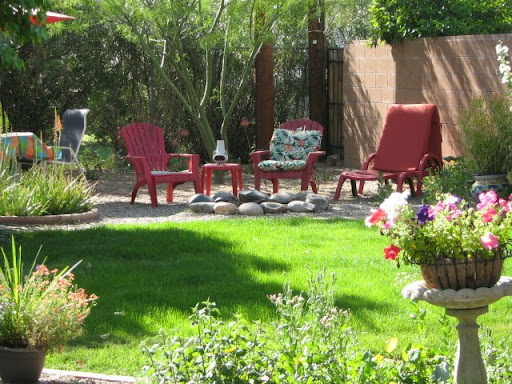Happy Earth Day 2010.
Forty years ago, in 1970 amidst the Vietnam War and the last of the real hippies, the first Earth Day was celebrated. I don’t think I took much notice back then and for the next two decades. I was too caught up in my own world of abundance and working for a large corporation where the money seemed endless. As long as my own little world wasn’t affected it was hard for me to feel that anything was going wrong. Sure there were movies that brought things to light, like Erin Brocovich and Three Mile Island, but again those things happened to other people, not me, so I never felt the impact.
But now days I DO care what happens to the Earth. And one of the things that has been the most FUN for me is figuring out how to NOT buy new things, especially in the garden, except of course plants. But even with plants I am learning more about propogating and collecting the seeds from my own plants and flowers so I do not need to buy anymore.
As my plants begin to end their life they will flower and go to seed. I am learning patience as I watch nature's life cycle unfold before my eyes. Last week, a started to collect the broccoli seeds.
But seed saving isn't the only thing you can do to help Mother Earth. At a recent Garden Coaching session with Stefania, she showed me the compost sifter she made using an old plastic plant tray she got from the nursery when she bought plants and a piece of left over wire fencing she had from her garden fence. (you can see the fence in the background). She used zip ties to hold it together. She loves the size and light weight nature of it. It is easy to use by herself over a small trash can. Very creative. No plastic going to the recycle plant here.
How will you celebrate Earth Day this year? Perhaps stay home and play in the garden, get creative and find a use for the things you might dispose of or even recycle. Start a tool share club with your neighbors, pledge to not buy anything new for 30 days, start a compost pile. YOU name it!
What will you plan to do for your Mother - Earth that is!
Happy Digging,
The Garden Goddess












